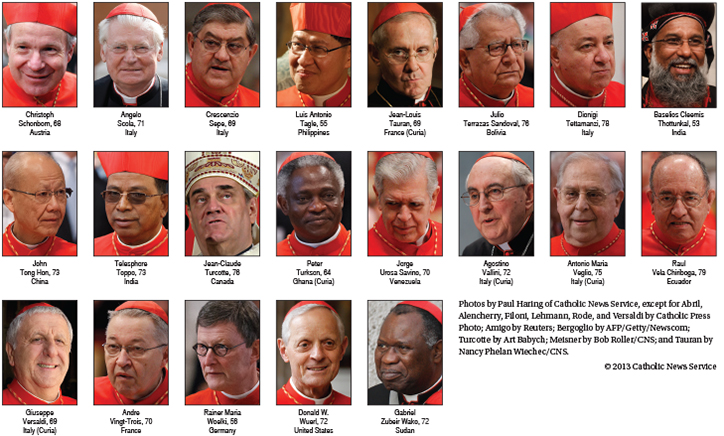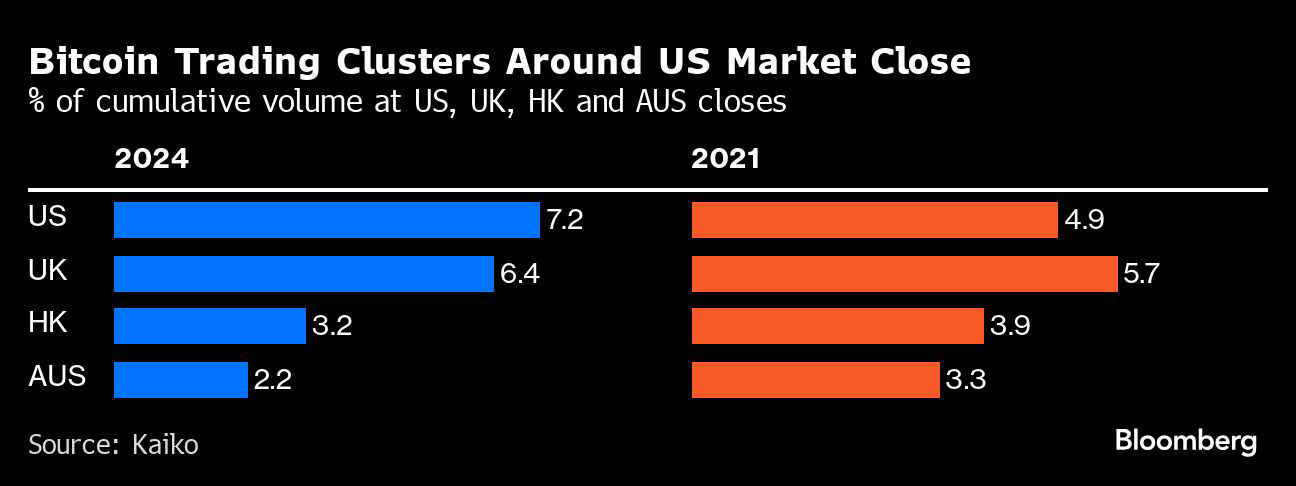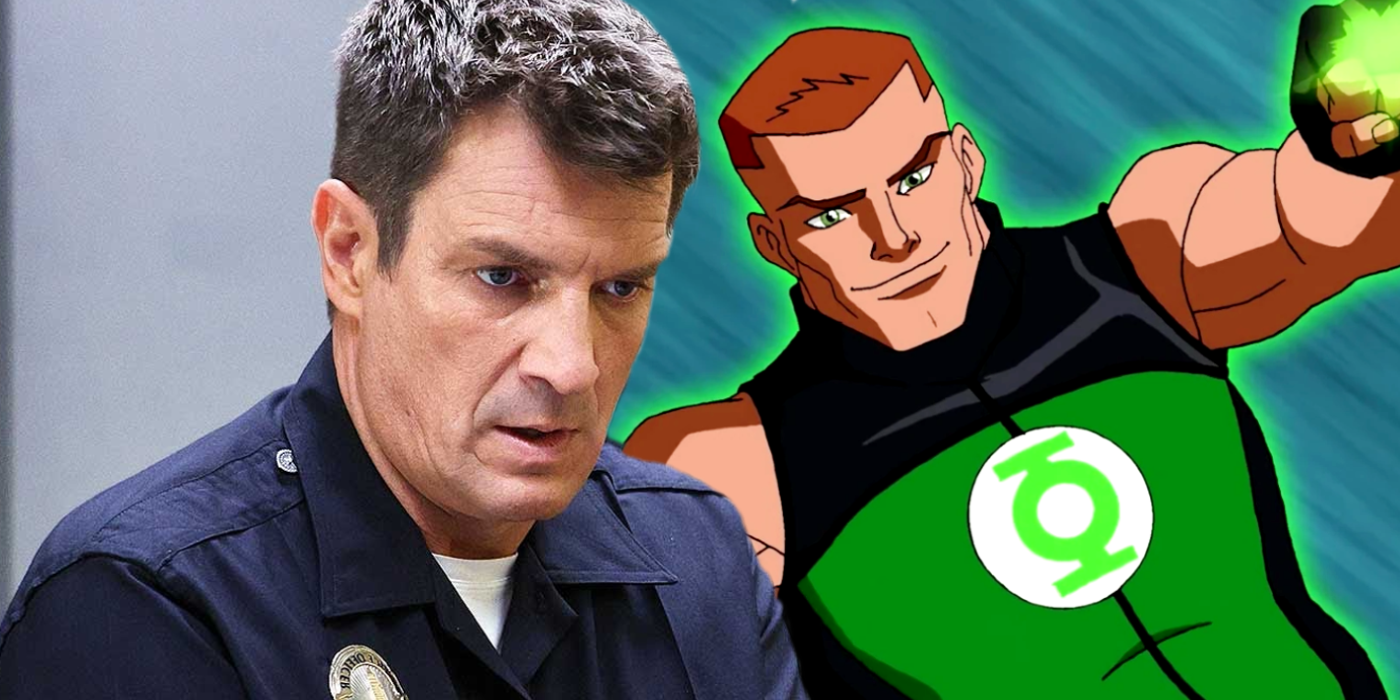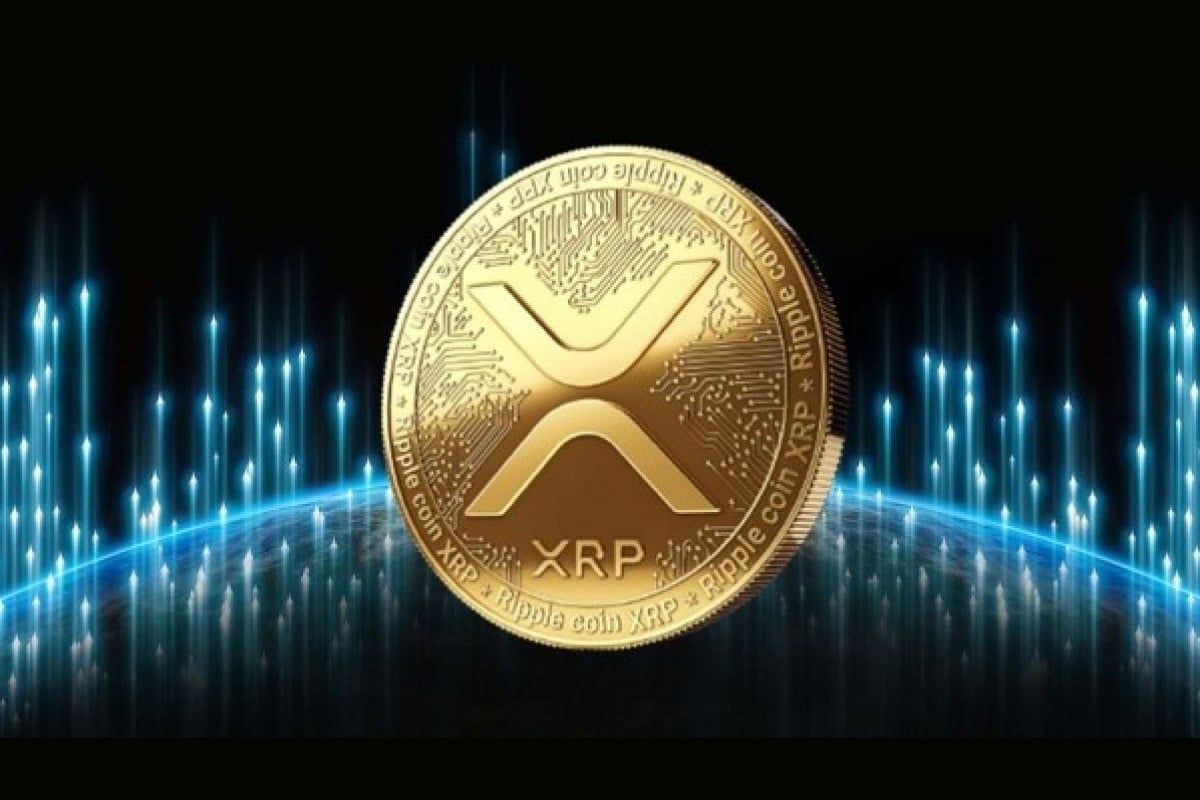Catholic Church Conclave: A New Pope To Be Chosen

Table of Contents
Understanding the Catholic Church Conclave Process
The Papal Conclave, the process of electing a new Pope, is a meticulously orchestrated event. Understanding the Conclave procedure requires examining several key elements of the Papal Election process. The College of Cardinals, composed of cardinals under the age of 80, holds the crucial responsibility of electing the next Supreme Pontiff. These Cardinal electors, chosen for their wisdom and dedication to the Church, gather in Vatican City for this solemn occasion.
The location of the Conclave is traditionally the Sistine Chapel, a space rich in history and symbolism. Before the voting commences, the cardinals engage in a period of seclusion and prayer, reflecting on the crucial decision before them. The voting process itself is shrouded in secrecy, employing a secret ballot system to ensure impartiality and prevent undue influence. The election requires a two-thirds majority of the votes cast. This rigorous process ensures the selection of a leader deemed worthy to guide the Catholic Church.
- Gathering of Cardinals in Vatican City: The cardinals from around the world converge on the Vatican, a powerful visual representation of the Church's global reach.
- Seclusion and prayer prior to voting: This period of reflection underscores the gravity of the decision.
- Secret ballot voting until a two-thirds majority is reached: This ensures fairness and prevents external pressures.
- Announcing the election of the new Pope (Habemus Papam!): The historic announcement reverberates globally, signaling a new era for the Catholic Church.
The History and Tradition of Papal Conclaves
The history of Papal Conclaves is a fascinating journey through centuries of evolution and reform. Early Conclaves, often fraught with political intrigue and power struggles, lacked the structured procedures seen today. Over time, reforms aimed to minimize outside influence and ensure a more impartial election process. The evolution of Conclave rules reflects the Church's ongoing efforts to balance tradition with the needs of a changing world.
Significant changes have been implemented throughout history, addressing concerns about corruption and external pressures. The modernization of the Conclave process continues to evolve, striving for transparency while upholding the sanctity of the tradition. Examining notable historical Conclaves illuminates the diverse challenges faced by the Church and the varied personalities of past Popes.
- Early Conclaves and their irregularities: These early elections were often marred by political maneuvering and power struggles.
- Key reforms throughout history: These changes aimed to ensure a more transparent and impartial election process.
- Notable historical Conclaves and their outcomes (e.g., the election of John Paul II): Analyzing past Conclaves offers valuable insights into the process's evolution.
- The symbolism and tradition surrounding the Conclave: The rituals and ceremonies surrounding the Conclave are rich in symbolism and tradition.
The Significance of the New Pope's Election
The election of a new Pope carries immense global significance. The Pope's role as head of the Catholic Church extends far beyond spiritual leadership. The Papacy wields significant influence on international affairs, shaping discussions on critical social issues and advocating for social justice. The new Pope's election sets the direction for the Catholic Church, impacting its teachings, policies, and engagement with the world.
The new Pope inherits a vast and complex institution facing numerous challenges and opportunities. From navigating internal divisions to addressing modern social issues, the new leader will play a crucial role in shaping the Church's future. The election's impact will resonate across continents, influencing believers and non-believers alike.
- The Pope's role as head of the Catholic Church: This position extends far beyond spiritual leadership, impacting global affairs.
- The Pope's influence on global politics and social issues: The Papacy often weighs in on issues of global importance.
- Expected policy changes under the new Pope: The new Pope’s vision will impact the Church's direction.
- The challenges facing the new Pope (e.g., modernization, internal divisions): The next Pope faces immense responsibilities in guiding the Church.
Speculation and Predictions Surrounding the Next Papal Election (Optional)
(This section would be included only if a Conclave is imminent and would discuss potential candidates and speculation in a factual and unbiased manner.)
Conclusion
The Catholic Church Conclave is a momentous event, steeped in centuries of tradition, and crucial to the future direction of the Catholic Church. This process of electing a new Pope involves a complex series of procedures, steeped in history and symbolism. The chosen successor faces immense responsibilities, leading a global faith community and addressing the challenges of the modern world. The impact of this Papal Election will be felt worldwide.
Call to Action: Stay informed about this significant event by following updates on the Catholic Church Conclave. Learn more about the history and procedures of electing a new Pope and understand the global impact of the Catholic Church Conclave. Follow the latest news and analysis to gain a deeper understanding of this important process and its implications for the future of the Catholic Church.

Featured Posts
-
 Cro Price Surge Following Trump Media And Crypto Com Etf Announcement
May 08, 2025
Cro Price Surge Following Trump Media And Crypto Com Etf Announcement
May 08, 2025 -
 Jayson Tatum On Larry Bird Respect Influence And The Celtics Legacy
May 08, 2025
Jayson Tatum On Larry Bird Respect Influence And The Celtics Legacy
May 08, 2025 -
 67 M In Ethereum Liquidations What This Means For The Market
May 08, 2025
67 M In Ethereum Liquidations What This Means For The Market
May 08, 2025 -
 A Three Minute Role Nathan Fillions Impact On Saving Private Ryan
May 08, 2025
A Three Minute Role Nathan Fillions Impact On Saving Private Ryan
May 08, 2025 -
 Ripple Xrp Breakout A Look At The 3 40 Target
May 08, 2025
Ripple Xrp Breakout A Look At The 3 40 Target
May 08, 2025
